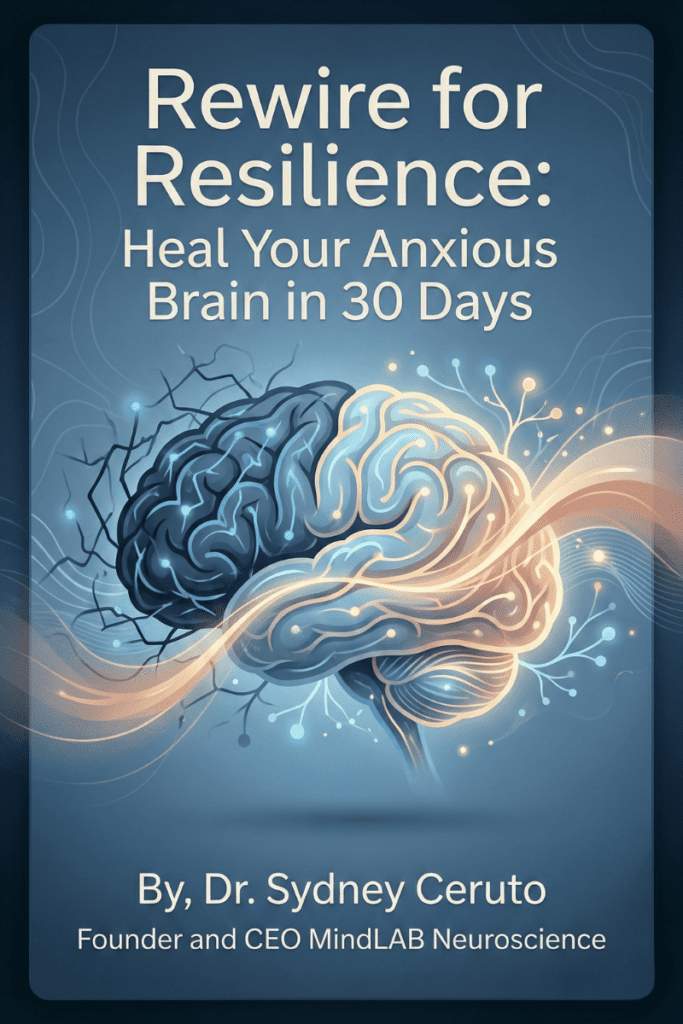Limiting beliefs are deeply ingrained thoughts or perceptions that constrain our potential and hinder our progress. These beliefs act as mental barriers, preventing us from achieving our goals and realizing our full potential. They often manifest as negative self-talk, such as “I’m not good enough,” “I can’t do this,” or “Success is not for people like me.” These beliefs can affect various aspects of our lives, including our careers, relationships, and personal development.
Origins of Limiting Beliefs
Limiting beliefs typically originate from a combination of personal experiences, societal influences, and environmental factors. Understanding these origins can help us identify and challenge these beliefs more effectively.
1. Early Childhood Experiences
Our formative years play a crucial role in shaping our beliefs. Negative experiences during childhood, such as criticism, failure, or trauma, can lead to the development of limiting beliefs. For example, a child who is constantly told they are not smart may grow up believing they are incapable of academic success.
2. Parental and Authority Figures
The beliefs and attitudes of parents, teachers, and other authority figures can significantly influence our self-perception. If these figures express doubt or negativity about our abilities, we may internalize these messages and develop limiting beliefs.
3. Societal and Cultural Influences
Societal norms and cultural expectations can also contribute to the formation of limiting beliefs. For instance, societal stereotypes about gender, race, or socioeconomic status can lead individuals to believe they are limited by these factors. Media representations and cultural narratives often reinforce these stereotypes, further entrenching limiting beliefs.
4. Personal Failures and Setbacks
Experiences of failure or setbacks can reinforce limiting beliefs. When we encounter obstacles or do not achieve our goals, we may start to believe that success is unattainable. Over time, these beliefs become self-fulfilling prophecies, as we are less likely to take risks or pursue opportunities.
Why Do We Have Limiting Beliefs?
Limiting beliefs serve as a psychological defense mechanism, protecting us from potential disappointment, failure, or rejection. While they may offer short-term comfort, they ultimately restrict our growth and potential. Here are some reasons why we may develop and hold onto limiting beliefs:
1. Fear of Failure
The fear of failure is a powerful motivator behind limiting beliefs. By convincing ourselves that we cannot succeed, we avoid the risk of failure and the accompanying feelings of shame or inadequacy.
2. Fear of Success
Surprisingly, the fear of success can also lead to limiting beliefs. Success often brings new responsibilities, expectations, and scrutiny. The prospect of these changes can be intimidating, leading individuals to subconsciously sabotage their own success.
3. Comfort Zone
Limiting beliefs keep us within our comfort zones, where we feel safe and secure. Stepping outside this zone requires effort and vulnerability, which can be uncomfortable. As a result, we may cling to limiting beliefs to avoid the discomfort of growth and change.
4. Lack of Self-Efficacy
Self-efficacy refers to our belief in our ability to achieve specific goals. Individuals with low self-efficacy are more likely to develop limiting beliefs, as they doubt their capacity to overcome challenges and succeed.
The Impact of Limiting Beliefs
Distorted beliefs can have far-reaching effects on our lives, influencing our decisions, behaviors, and overall well-being. Here are some ways in which they can impact us:
1. Reduced Opportunities
Negative thinking can prevent us from pursuing opportunities that could lead to personal and professional growth. For example, believing that we are not qualified for a job may stop us from applying, even if we have the necessary skills and experience.
2. Lower Self-Esteem
Persistent negative self-talk can erode our self-esteem and self-worth. When we constantly doubt our abilities, we are less likely to take on challenges or believe in our potential.
3. Stagnation
False self-biases can lead to stagnation, as we are less likely to set ambitious goals or strive for improvement. This can result in a lack of progress in various areas of our lives, from career advancement to personal development.
4. Strained Relationships
Beliefs about our worthiness or capabilities can affect our relationships with others. For instance, believing that we are unlovable or undeserving of respect can lead to unhealthy relationship dynamics and difficulties in forming meaningful connections.
Identifying and Challenging Limiting Beliefs
Recognizing and challenging lthese beliefs is essential for personal growth and achieving our goals. Here are some strategies to help identify and overcome these beliefs:
1. Self-Reflection
Regular self-reflection can help us become aware of our limiting beliefs. Journaling, meditation, or talking with a trusted friend or therapist can provide insights into our thought patterns and beliefs.
2. Questioning Beliefs
Once we identify a limiting belief, we can challenge its validity by asking questions such as:
- What evidence supports this belief?
- What evidence contradicts this belief?
- How has this belief affected my actions and decisions?
- What would I do differently if I did not hold this belief?
3. Reframing Thoughts
Reframing involves changing the way we interpret and respond to situations. By replacing negative self-talk with positive, empowering statements, we can shift our mindset and challenge these detrimental beliefs.
4. Seeking Support
Sometimes, overcoming limiting beliefs requires external support. Working with a coach, therapist, or mentor can provide guidance, encouragement, and accountability.
Breaking Free from Limiting Beliefs: A Neuroscientific Approach
Limiting beliefs can be the silent saboteurs of our success, often lurking in the shadows of our subconscious mind. These beliefs, deeply rooted in past experiences and societal conditioning, can hinder our growth and potential. However, with the right strategies grounded in neuroscience, we can overcome these barriers and achieve our goals. Here are seven guaranteed ways to overcome self-doubt using neuroscience-based life coaching modalities.
1. Neuroplasticity: The Brain’s Power to Change
Neuroplasticity, the brain’s ability to reorganize itself by forming new neural connections, is a cornerstone in overcoming disempowering beliefs. By engaging in new experiences and learning, we can reshape our brain’s wiring and foster new, empowering beliefs.
- Mindful Reflection: Regularly introspect to identify mental barriers. Recognizing them is the first step towards transformation.
- Positive Affirmations: Reinforce positive narratives by regularly affirming empowering statements. This helps rewire the brain to harbor more positive beliefs.
- Engage in New Experiences: Challenge your brain by trying out new activities or learning new skills. This stimulates neuroplasticity and challenges limiting beliefs.
For more on neuroplasticity, check out our detailed article on Neuroplasticity Unveiled: A Comprehensive Guide to Harnessing the Brain’s Remarkable Potential.
2. Cognitive Restructuring: Reframe Your Beliefs
Cognitive restructuring involves changing the way we think about and interpret events. This technique is essential for overcoming limiting beliefs.
- Socratic Questioning: Ask yourself open-ended questions to challenge black-and-white thinking and ensure your thoughts are based on sound logic.
- Evidence-Based Thinking: Evaluate the evidence for and against your beliefs. This helps in identifying and discarding irrational thoughts.
Learn more about cognitive restructuring techniques in our blog on How to Change Self-Limiting Beliefs According to Psychology.
3. Visualization Techniques: Imagine Your Success
Visualization is a powerful tool that can help rewire the brain and overcome distorted thinking. By vividly imagining positive outcomes, you can prime your brain for success.
- Multisensory Imagery: Engage all your senses in your visualizations to make them more impactful.
- Feedback Analysis: After significant decisions, compare expected outcomes with actual results. This refines the brain’s decision-making processes.
For a deeper dive into visualization techniques, explore our article on Overcoming Self-Limiting Beliefs.
4. Emotional Intelligence: Master Your Emotions
Emotional intelligence (EI) is the ability to understand and manage your own emotions, as well as the emotions of others. High EI can help you recognize and overcome this self-sabotaging belief system.
- Self-Awareness: Regularly reflect on your emotions and their impact on your thoughts and behaviors.
- Self-Regulation: Develop strategies to manage and respond to your emotions in a healthy way.
For more insights on emotional intelligence, read our blog on Harnessing Neuroscience to Overcome Limiting Beliefs In Your Business.
5. Functional Imagery Training (FIT): Tap into Your Motivations
Functional Imagery Training (FIT) leverages multisensory imagery to tap into your motivations and vividly imagine a positive future.
- Identify Core Values: Think critically about your top five values. These values act as a compass, guiding your decisions and actions.
- Best-Case Scenarios: Visualize the best possible outcomes in challenging situations to foster a positive mindset.
For more on FIT, explore our article on How to Overcome Self-Limiting Beliefs.
6. Neuro-Linguistic Programming (NLP): Change Your Internal Dialogue
Neuro-Linguistic Programming (NLP) explores how language influences our thoughts and actions. By tweaking our internal dialogue, we can shift our beliefs and behaviors.
- Reframe Negative Thoughts: Replace negative self-talk with solution-oriented questions. For instance, instead of saying “I can’t do this,” ask, “How can I make this work?”
- Swish Pattern: Visualize a limiting belief and ‘swish’ it away, replacing it with a positive belief.
For more on NLP techniques, check out our blog on Overcome Limiting Beliefs With Neuroplasticity.Your Business.
7. Neural Re-wiring: Rewire Your Brain for Success
Neural re-wiring, also known as neural reconditioning, is a powerful neuroscience-based technique that can help you break free of these erroneous beliefs, by literally reshaping the neural pathways in your brain. This process leverages neuroplasticity to create new, empowering thought patterns and behaviors.
- Habit Formation: Create new habits that reinforce positive beliefs. Consistently practicing these habits helps form new neural pathways, gradually replacing the old, limiting ones.
- Neuroscience-Based Cognitive Reframing: This technique involves changing the way you interpret and respond to situations by altering the neural pathways associated with those thoughts. By consistently challenging and reframing negative thoughts, you can create new, positive neural connections. This process can be facilitated by techniques such as Socratic questioning and evidence-based thinking, which help in identifying and discarding irrational thoughts.
- Neurogenesis: Neurogenesis, the process of generating new neurons in the brain, can be stimulated through various activities such as physical exercise, learning new skills, and engaging in intellectually stimulating activities. By promoting neurogenesis, you can enhance your brain’s capacity to form new neural connections, thereby supporting the development of new, empowering beliefs.
- Neurofeedback: This technique involves monitoring brain activity in real-time and providing feedback to help individuals learn to regulate their brain function. It can be particularly effective in addressing deeply ingrained limiting beliefs.
- Repetition and Consistency: Consistently repeating new, empowering thoughts and behaviors is key to neural re-wiring. The more you practice, the stronger the new neural pathways become.
For more on neural re-wiring techniques, explore our article on Neuroplasticity and Belief Change: Rewiring Your Brain for Success. By actively engaging in neural re-wiring practices, you can create lasting changes in your thought patterns and behaviors, effectively overcoming your incorrect self perception and unlocking your full potential.

How Neuroplasticity Can Reshape Our Brain’s Wiring
Neuroplasticity is a fascinating and powerful concept that underscores the brain’s ability to change and adapt. By leveraging neuroplasticity, we can reshape our brain’s wiring to overcome limiting beliefs and foster new, empowering thoughts.
- Learning and Adaptation: Engaging in continuous learning and adaptation helps stimulate neuroplasticity. This could involve taking up new hobbies, learning new skills, or even changing your daily routines.
- Mindfulness Practices: Mindfulness practices such as meditation can enhance neuroplasticity. By focusing on the present moment and observing your thoughts without judgment, you can foster a more flexible and adaptive brain.
- Physical Exercise: Regular physical exercise has been shown to promote neuroplasticity. Activities like aerobic exercise, strength training, and even yoga can help stimulate the growth of new neural connections.
For an in-depth exploration of neuroplasticity, check out our article on The Science of Neuroplasticity: How to Rewire Your Brain for Success.
The Most Effective Neuroscience-Based Techniques to Overcome Limiting Beliefs
Neuroscience offers a plethora of techniques to help overcome this vicious cycle. Here are some of the most effective methods:
- Brainwave Entrainment: This technique involves using rhythmic stimuli, such as sound or light, to synchronize brainwaves to a desired frequency. It can help in achieving a state of relaxation and focus, making it easier to overcome your false thinking patterns.
- Transcranial Magnetic Stimulation (TMS): TMS is a non-invasive procedure that uses magnetic fields to stimulate nerve cells in the brain. It has been shown to be effective in treating depression and can also help in overcoming these debilitating beliefs.
- Biofeedback: Biofeedback involves using electronic monitoring to convey information about physiological processes. By becoming aware of these processes, individuals can learn to control them, helping to reduce stress and overcome limiting beliefs.
For more on neuroscience-based techniques, explore our blog on Neuroscience-Based Strategies for Overcoming Limiting Beliefs.
Practical Applications of Neuroscience in Life Coaching
Neuroscience-based life coaching modalities offer practical applications that can help individuals overcome overly self-critical beliefs and achieve their goals. Here are some examples:
- Goal Setting: Neuroscience-based life coaching emphasizes the importance of setting clear, specific, and achievable goals. This helps in creating a roadmap for success .
- Behavioral Activation: This involves engaging in activities that are aligned with one’s values and goals. By taking action, individuals can challenge and overcome their cognitive biases.
- Feedback Loops: Regular feedback and reflection are essential components of neuroscience-based life coaching. By analyzing progress and making necessary adjustments, individuals can stay on track and overcome limiting beliefs.
For more practical applications, check out our article on Neuroscience-Based Life Coaching: Techniques and Applications.
Final Thoughts
Overcoming this distorted self-perspective is a journey of self-discovery and growth. By harnessing the power of neuroscience-based life coaching modalities, we can rewrite our narratives and unlock our true potential. Remember, the brain is malleable, and with the right strategies, you can overcome any limiting belief that stands in your way.
For more resources on breaking free from this cycle, check out our blogs on Mindlab Neuroscience. By following these seven guaranteed ways, you can overcome limiting beliefs and achieve your goals. Embrace the power of neuroscience and take the first step towards a more fulfilling life today. Remember, you are worth it!





